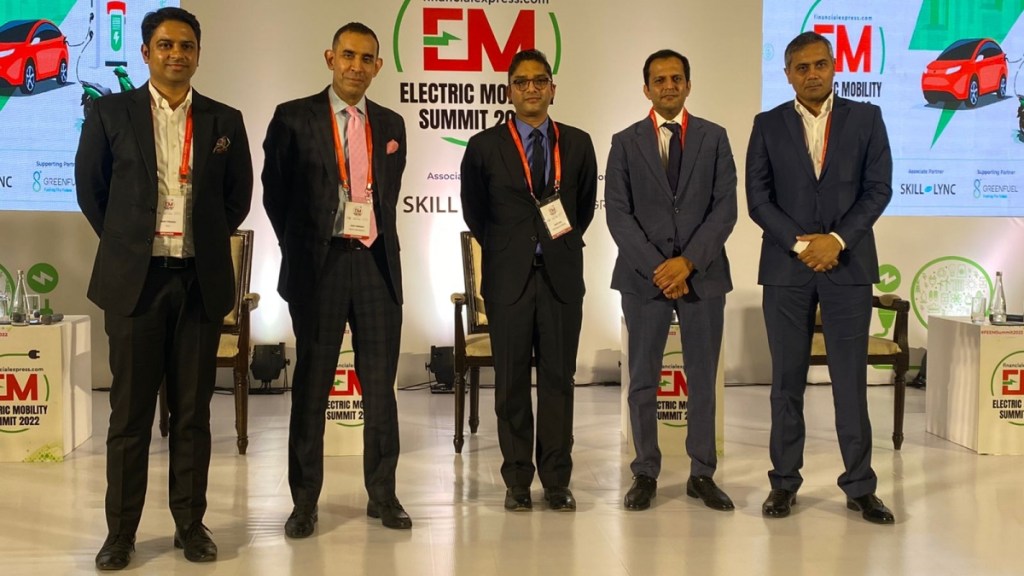The government, OEMs and suppliers have all been trying to galvanize the electric vehicle market in India by tacking challenges like setting up infrastructure, spreading awareness among the public about EVs, manufacturing safe and affordable vehicles and resolving technology demands like Lithium Ion, but in all this, another question has risen that is what method of charging makes practical sense for our country. Is battery swapping or fixed charging stations the more effective option? Is it a catch 20-20 situation or both methods can work side-by-side? To some, it may sound like an obvious question and to others, it may very well be the Da Vinci Code sequel as there is a lot more to what meets the eye.
The harsh reality is that Indian cities are the most polluted cities in the world in terms of PM2.5 levels. Based on the latest State of Global Air report on air quality, Delhi and Kolkata lead the way forward, ranked first and second respectively with Mumbai taking the 14th position. We all have become so numb to air pollution that poor and very poor AQI (air quality index) level has become our new normal, especially in Delhi. At the second edition of the Financial Express Electric Mobility Summit, Arvind Chandra, CEO, of Mechatronics and Vehicle Security System, Spark Minda hit the nail on the head by saying, “We are beyond the point of profit making, especially in cities like Delhi, where pollution is at its peak.”
So, what is the solution? Divay Pranav, Director of Policy and Partnerships, Yulu, believes the way forward is the charging infrastructure and in this way, there’s faster adoption of EVs in the country. “No doubt, battery swapping has its own advantages like being economically more viable and is a faster charging process, but one can’t also overlook the possibility of theft taking place at the battery stations.”
Uday Narang, Founder & Chairman, Omega Seiki Mobility takes a pragmatic approach to this charging method dilemma. He explained, may it be battery swapping or fixed charging stations, both offer a solution for different EV segments like two-wheelers, three-wheelers and four-wheelers. “The end result is that both the charging options and the EV technology should be beneficial for the end consumer.” In his typical pull-no-punches style, Narang emphasized that what has to be the priority and can’t be compromised is “the safety and quality level of the vehicle. One life lost is one too many.”
Awareness about electric vehicles plays a key role here and Sudhanshu Agrawal, EVP: Business Head EV & Exports 3W & 2W, Piaggio India, says, “Despite paying a premium of Rs 1 lakh, the running cost of EVs are still very low when compared to fuel-powered vehicles.” The challenge here is that building cells and procuring Lithium Ions is a very expensive process, but with companies like Omega Seiki Mobility now committed to building in-house cells for the batteries, this will only make EVs a lot more accessible and affordable for the masses.
With the EV revolution still at a nascent stage in India, indigenous companies are paving the way forward and are working on solutions for a cleaner environment which will not pinch the common man’s pocket. Also, we all need to accept the reality that electric vehicles are not the solution for the future but for the present.



















